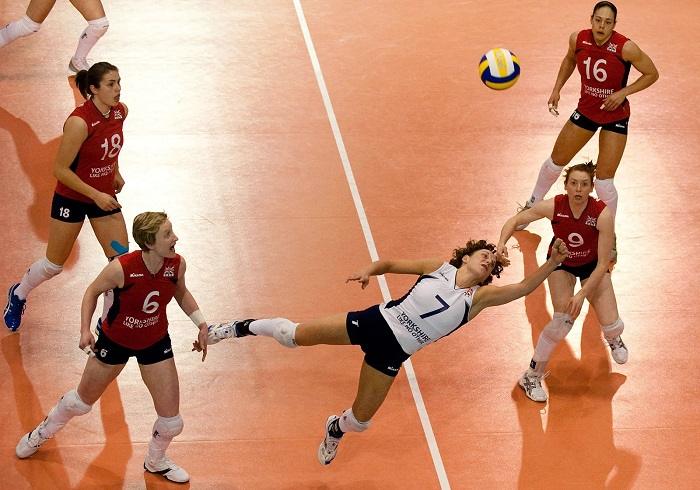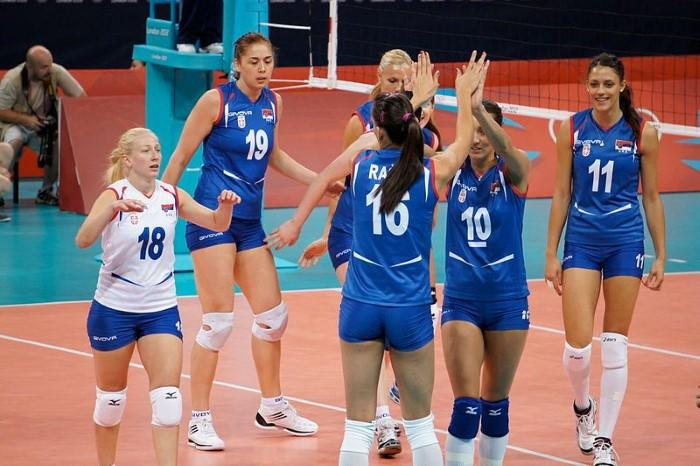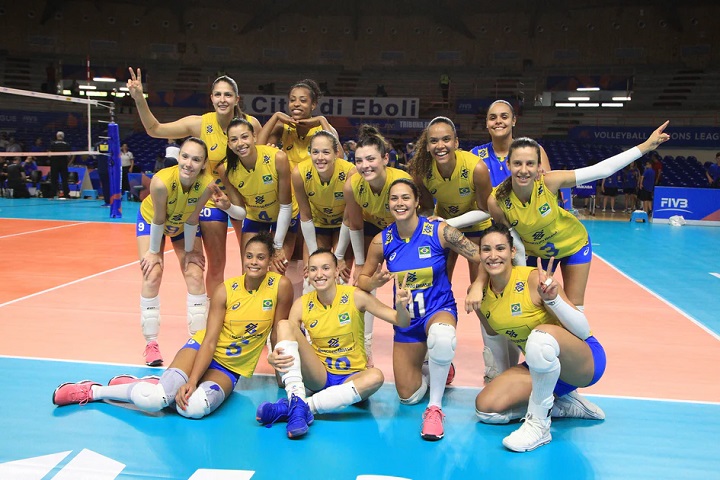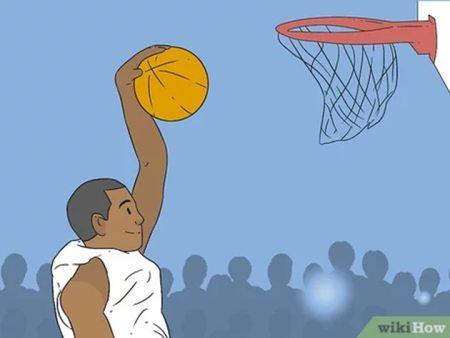In this article, we will dive into the world of the libero, exploring their roles, responsibilities, and why they are so significant in volleyball. We’ll also cover the skills required, the rules that govern the libero position, and how this role has evolved over time. So whether you’re a seasoned volleyball player, a coach, or just a fan, read on to understand everything there is to know about the libero in volleyball.
The Origin and Evolution of the Libero Position

The libero position was introduced to volleyball in 1998 as a response to the growing importance of defense in the sport. Volleyball had always been an offense-heavy game, with players focusing on hard-hitting spikes and aggressive serves. However, the introduction of the libero brought a shift in the way the game was played, placing more emphasis on ball control, defense, and digging.
The term “libero” is derived from the Italian word for “free” or “free player,” highlighting the fact that the libero is not restricted by the same rotation rules as the other players on the court. The libero’s main purpose is to enhance a team’s defense by specializing in passing and digging, two essential skills for keeping the ball in play and setting up offensive opportunities.
How the Libero Changed Volleyball Strategy
Before the introduction of the libero, defensive specialists were often less involved in the game due to the rotation rules that forced all players to participate in every aspect of the game. With the libero position, teams gained a dedicated defensive player who could remain in the back row and focus solely on receiving serves, digging spikes, and passing the ball to the setter. This created more stability and allowed teams to refine their offensive strategies, knowing they had a strong defender in place.
The Libero’s Role on the Court
The libero is a defensive specialist whose primary role is to receive serves, dig attacks from the opposing team, and ensure that the ball is accurately passed to the setter. The libero plays in the back row and is not allowed to attack the ball above the net, making their role distinct from other players who participate in both offensive and defensive plays.
Key Responsibilities of the Libero
- Serve Reception: The libero is typically one of the best passers on the team and is responsible for receiving serves from the opposing team. Their job is to make accurate passes to the setter, who will then set up the attackers for a spike.
- Digging: One of the libero’s main tasks is to “dig” or defend against the opponent’s attacks. This involves reacting quickly to spikes and tips, diving to save the ball from hitting the ground, and passing it to a teammate to continue the play.
- Ball Control: A libero must have exceptional ball control, as they are often tasked with keeping the play alive in difficult situations. Their ability to accurately control the ball can make or break a team’s defensive efforts.
- Leadership on Defense: Although the libero may not be a team captain, they are often seen as the leader of the defense. They communicate with their teammates, help position the other back-row defenders, and provide guidance on how to handle different offensive plays from the opposing team.
- Support the Setter: In situations where the setter is unable to make the second touch, the libero can step in to set the ball. However, they must do so from behind the attack line (10-foot line) if they use an overhead pass, as they are not allowed to complete an offensive attack.
Restrictions Placed on the Libero
While the libero plays a critical role in volleyball, they are subject to several rules and restrictions that set them apart from other players on the court:
- No Front Row Play: The libero must stay in the back row at all times. They are not allowed to rotate into the front row or participate in blocking or attacking above the net.
- Limited Attacking Abilities: The libero cannot attack the ball from anywhere on the court if the ball is entirely above the top of the net. This prevents the libero from spiking or acting as an offensive player.
- Special Substitution Rules: The libero can replace any back-row player without needing to formally substitute through the referee. This allows for quick changes during play. However, the libero must replace the same player each time they rotate back onto the court.
- Different Jersey: To easily distinguish the libero from other players, they must wear a jersey that contrasts in color from the rest of the team. This rule helps referees and opponents recognize the libero and enforce the specific rules that apply to them.
Skills Needed to Excel as a Libero
Being a libero requires a unique set of skills that differ from those of other volleyball positions. While all players must be well-rounded, liberos are expected to excel in defense, ball control, and quick decision-making.
Quick Reflexes
The libero often faces powerful spikes and serves, requiring them to react quickly and instinctively. They must be able to move swiftly to get into position and anticipate where the ball will land. Quick reflexes are essential for digging the ball and keeping it in play.
Superior Ball Control
As the main passer and defensive player, the libero must have excellent ball control. Their ability to deliver precise passes to the setter is crucial for setting up the team’s offensive plays. A good libero can consistently deliver accurate and stable passes, even under pressure.
Agility and Speed
Volleyball is a fast-paced sport, and the libero must be able to cover a large area of the court quickly. Agility and speed are essential for moving into position to receive serves, dig spikes, and pass the ball. Libero drills often focus on footwork and lateral movements to improve these attributes.
Court Awareness
A successful libero must have exceptional court awareness, always knowing where their teammates are positioned and how the opposing team is attacking. This awareness helps them make split-second decisions about where to pass the ball and how to position themselves for a dig or serve receive.
Strong Communication Skills
The libero is often seen as the “quarterback” of the defense, providing leadership and guidance to their teammates. They must be vocal on the court, communicating with the back-row defenders and coordinating movements. Effective communication ensures that the defense is well-organized and able to respond to the opponent’s offensive plays.
Why the Libero Is Vital to Team Success

The libero’s role may not always grab headlines or result in flashy plays, but their contributions are essential to a team’s success. Here are a few reasons why the libero is vital to a volleyball team:
Enhancing Defensive Stability
A good libero can significantly improve a team’s defense by consistently delivering accurate passes and making key digs. Their presence allows other players to focus more on offense, knowing that the libero is there to handle the backcourt defense.
Improving Ball Control
One of the most important aspects of volleyball is controlling the ball to set up an effective offense. The libero’s ability to accurately pass and dig the ball increases a team’s chances of running smooth offensive plays. Without strong ball control, a team’s attack can quickly fall apart.
Specialization Leads to Efficiency
By specializing in defense, the libero frees up other players to focus on their attacking roles. This specialization creates more efficiency on the court, as each player is allowed to concentrate on their strengths. The libero also allows the setter to focus on setting rather than having to assist with serve receive and digging duties.
Consistent Defensive Leadership
A strong libero brings consistency and leadership to the defense. Their knowledge of the game and ability to communicate with their teammates makes them the backbone of the back-row defense. This consistency helps stabilize a team during intense rallies and high-pressure situations.
Famous Liberos in Volleyball History
The libero position, though relatively new, has seen several players make a significant impact in the sport. Some of the most well-known and successful liberos include:
Fabiana de Oliveira (Brazil)
Commonly known as “Fabi,” she is regarded as one of the best liberos in volleyball history. She played a crucial role in helping Brazil win two Olympic gold medals (2008 and 2012) and several World Championships.
Jenia Grebennikov (France)
A standout male libero, Grebennikov is known for his incredible athleticism and defensive prowess. He has been a key player for the French national team, helping them win multiple international titles, including the 2015 European Championship.
Monica De Gennaro (Italy)
Monica De Gennaro is another top libero in women’s volleyball, known for her exceptional digging and passing abilities. She has been a crucial part of Italy’s success in international competitions and has earned numerous individual accolades for her performances.
The libero may not score points or make powerful spikes, but their role in volleyball is nothing short of vital. By excelling in defense, ball control, and leadership, the libero ensures that the team’s offense has the foundation it needs to succeed. Whether digging out powerful spikes or delivering perfect passes, the libero is a specialized position that has changed the dynamics of volleyball since its introduction.
In understanding the libero’s role, we gain a deeper appreciation for the complexities and strategies involved in volleyball. So, the next time you watch a game, take a moment to appreciate the libero’s behind-the-scenes contributions—they might just be the unsung hero of the match.







